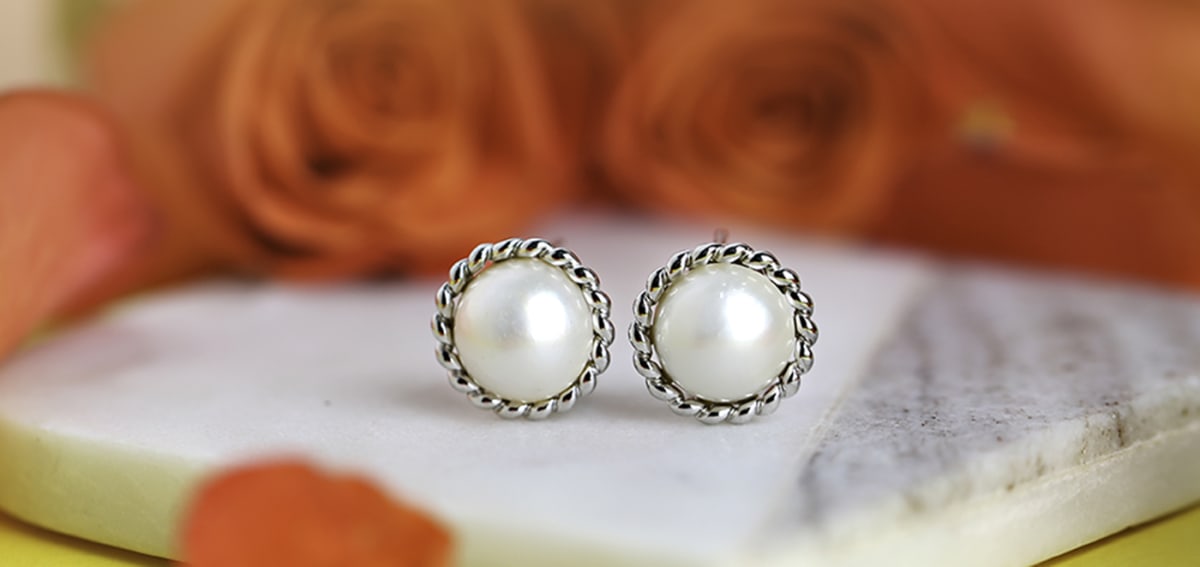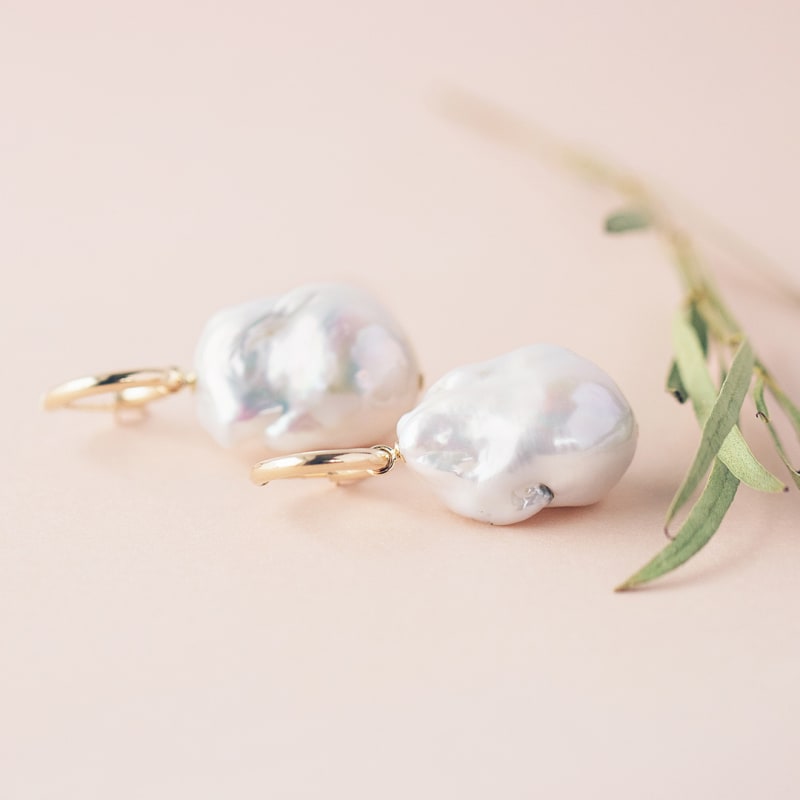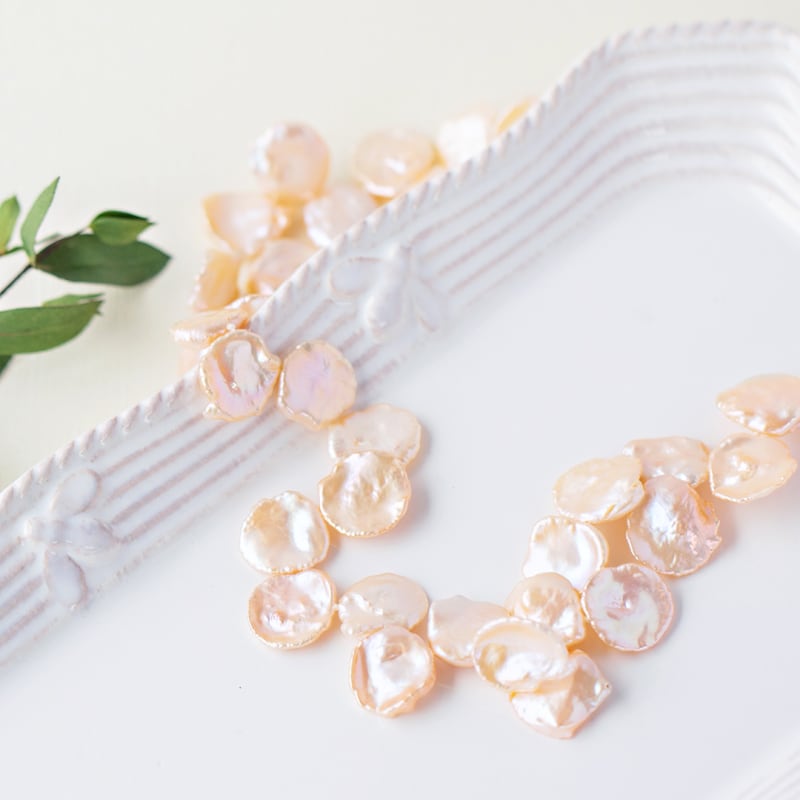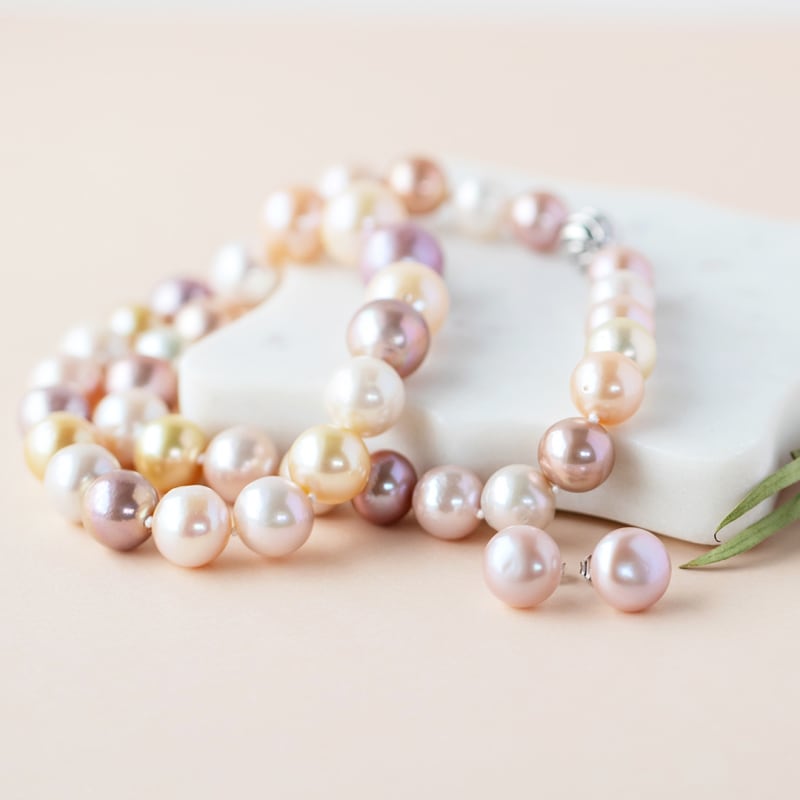June’s most known birthstone, the pearl radiates classic beauty and sophistication. Nothing adds a more refined touch to your look than a pristine strand of pearls. And from vintage romantic to bohemian chic, this gem’s styling potential is endless. Pearls have been a classic and timeless jewelry staple for generations. Their organic variety means that no two pearls have the exact same color or shape. Not only do pearls form naturally, but they can also be produced in labs!
What’s the history of the pearl?
Our fascination with the pearl has been around for centuries. No one knows exactly when they were first discovered, but we do know that they were a prized symbol in Greece, Rome and China by the 5th century BCE. The modern word pearl comes from the Latin word “perna” which loosely means mutton leg. This refers to the shape of the mollusks that produce it. With its smooth and iridescent look, these gems have traditionally been a symbol of purity and perfection. In ancient Chinese culture, pearls were also linked to wisdom and enlightenment.
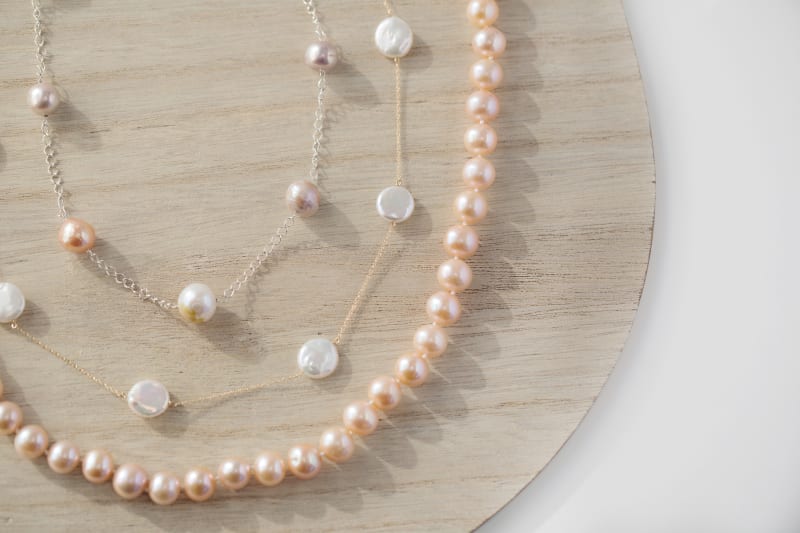
How do pearls form?
Natural pearls form in mollusks, and they can be found in both fresh and saltwater environments. When sea parasites, small debris or sand find their way inside of these shelled creatures, the mollusk protects itself by producing nacre. This hard, luminous mix surrounds the foreign material and as the layers build up, the pearl takes shape.
While pearls can be found in the wild, most pearls today are harvested from farms. Here, specialists can naturally grow and harvest pearls efficiently and sustainably. These are also called cultured pearls, and they’re chemically and structurally the same as wild pearls.
Although white ones seem to be the most popular, there’re also pink, gold, green, blue, gray and black pearls.


